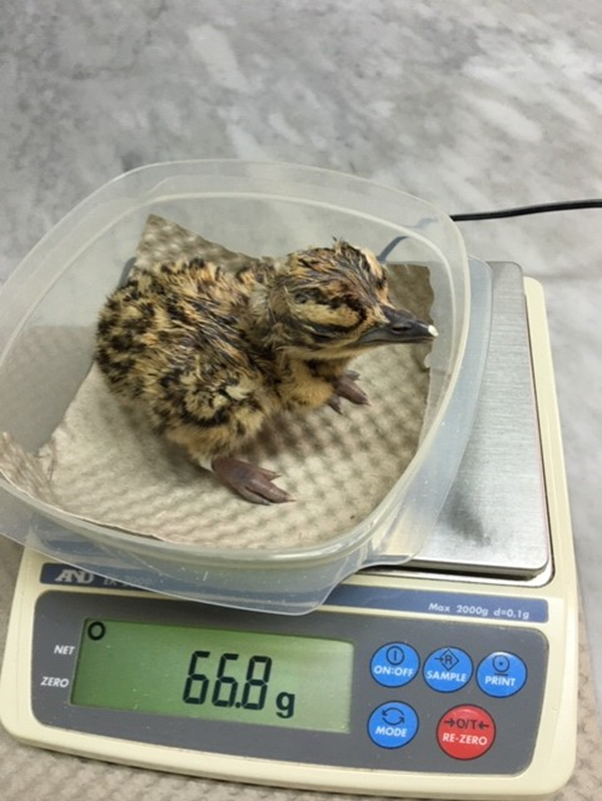Abu Dhabi’s commitment to protecting endangered species and the environment have continued apace withthe International Fund for Houbara Conservation (IFHC), the global leader in pre-emptive species conservation, announcing the successful birth of the first-ever Arabian bustard (Ardeotisarabs)through artificial insemination.
The procedure was successfully completed at Abu Dhabi’s National Avian Research Centre (NARC), one of four dedicated IFHC breeding and research centres. The milestone birth is an important step towards the eventual return of the Arabian bustard, classified as Near Threatened (NT) by the IUCN Red List of Threatened Species due to hunting and habitat degeneration, to its native habitats in Africa’s Sahel region and the south-western Arabian peninsula.
IFHC’s Arabian bustard breeding programme, the first-of-its-kind project globally, has successfully bred 42 chicks in captivity in the current season and the historic breeding by artificial insemination will be followed by many more in the coming months.
This historic moment followsIFHC’s decades of success inbreedingthe Asian and North-African Houbara in captivity and releasing them into the wild in large numbers, following extensive field research and satellite tracking to gain a greater understanding of Houbara behaviour in order to establish global best practice for resettlement. The model draws inspiration from the vision of the UAE’s founding father, the late Sheikh Zayed bin Sultan Al Nahyan, who launched the Abu Dhabi Houbara programme more than 40 years ago.
The study, conducted by Abu Dhabi’s National Avian Research Centre (NARC),took nearly two years, and succeeded in developing a special technique for artificialinsemination. Following an incubation period of 22 days, the chick hatched into the world, weighing 66 grams. The mother is a six-year-old Arabian bustard, both she and the father were bred in captivity as part ofIFHC’s breeding programme.
“The birth of this Arabian bustard chick is a significant moment in Abu Dhabi’s efforts to conserve vulnerable species. This milestone gives us tremendous encouragement and crucial data as we continue to evolve our conservation excellence. A testament to the hard work and commitment of our team, this historic hatchling is a moment to celebrate, but it is only the beginning of our future efforts to preserve the Arabian bustard species,” said His Excellency Majid Al Mansouri, Managing Director, IFHC.
It is worth noting that the Arabian bustard is native to 20 countries across the African Sahel region and southwest Arabian Peninsula, where its numbers have witnessed a great decline in the wild in recent years as a result of hunting and habitat degradation.
Established in 1989 Abu Dhabi, NARC was the first specialised breeding and researchfacility for the Asian houbara bustard and other bustard species.



